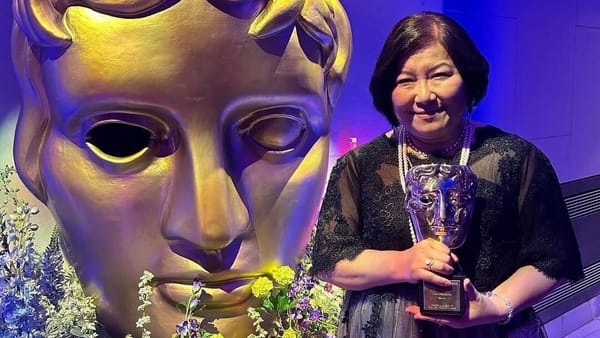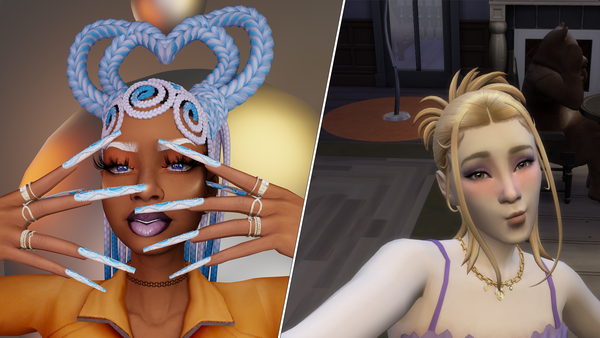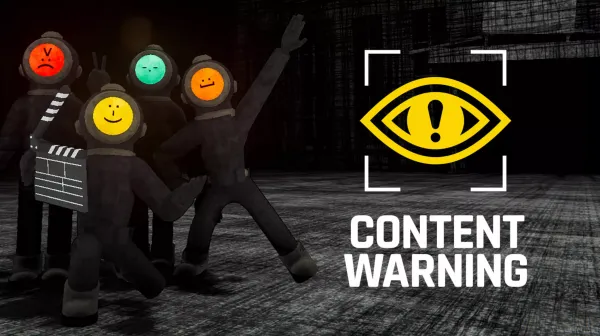The OG Game-Changer Who Opened the Doors for Women in Gaming 🎮👩💻💥
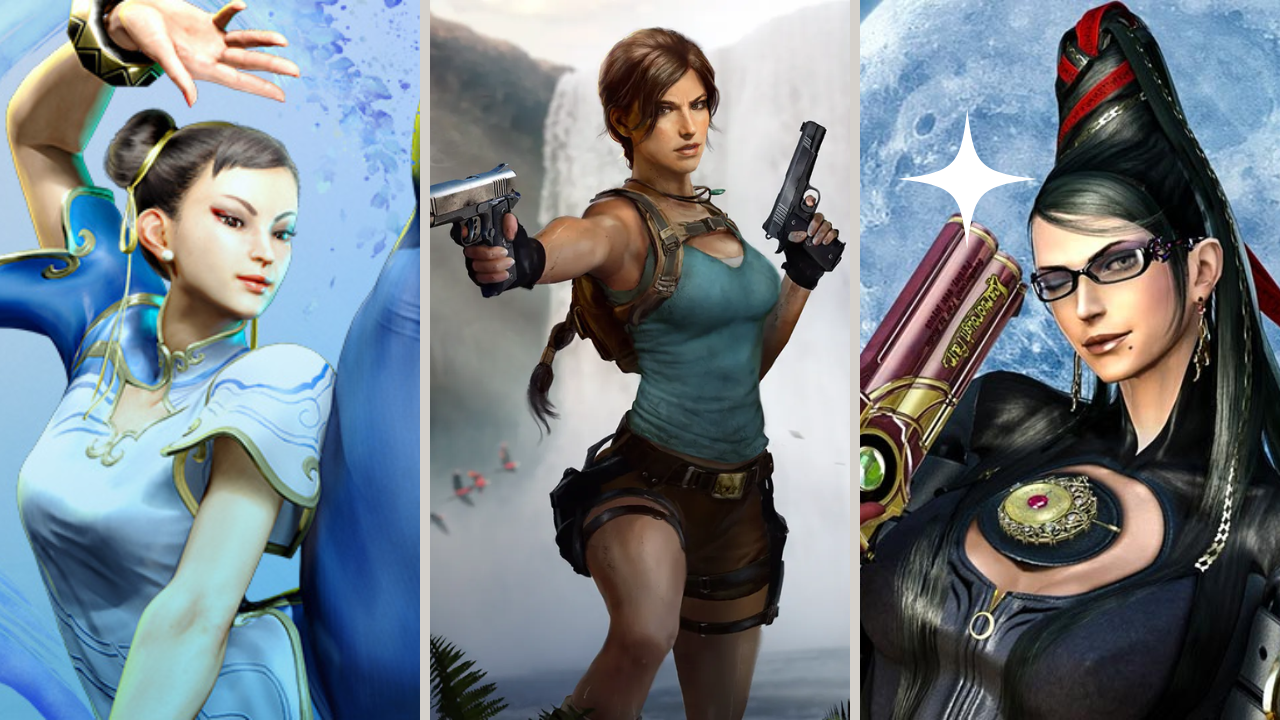
When we talk about iconic video game characters, Lara Croft is THAT girl. First introduced in 1996’s Tomb Raider, she wasn’t just a pretty face with two pistols; she was a revolutionary. At a time when most games were led by pixelated dudes with muscles, Lara Croft came in with brains, athleticism, and the kind of confidence that made players stop and say “wait... girls can do that?”. She quickly became one of the most recognisable faces and names in gaming and pop culture, and whether people loved her or side-eyed her early oversexualized design, one thing was clear: Lara had an impact. And the thing is- she paved the way.
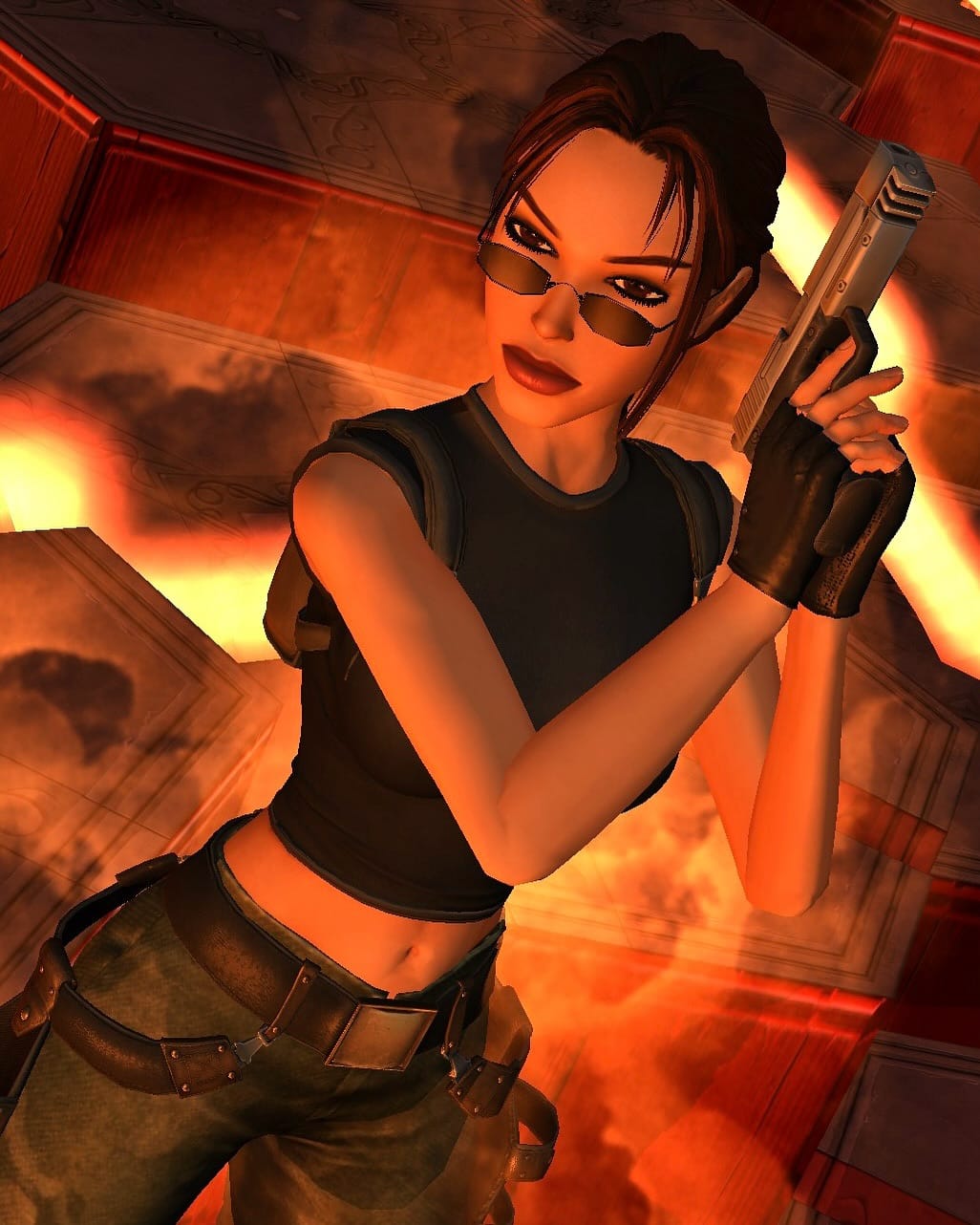

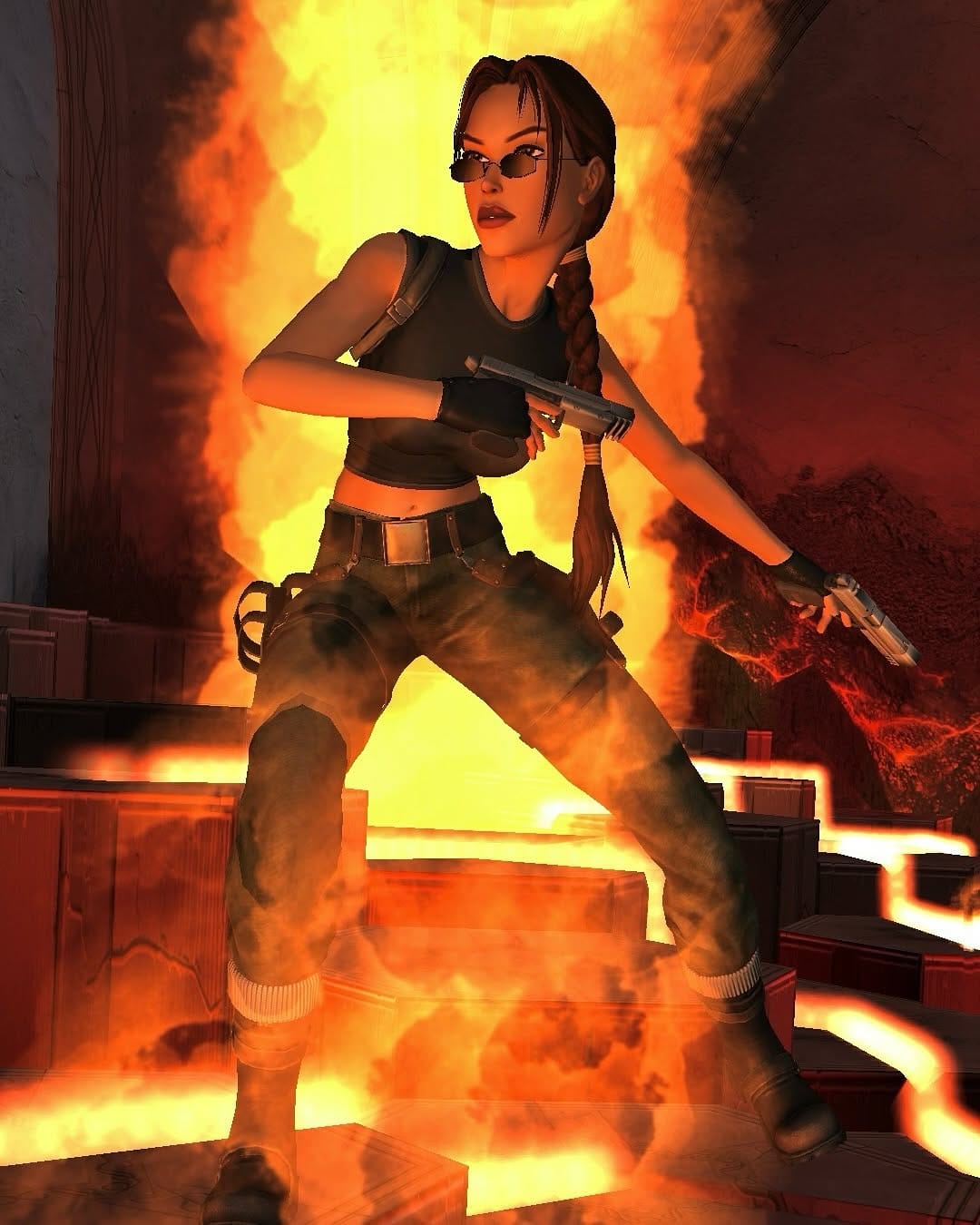
‘Lara opened the doors for strong female characters in games,’ said actress Jane Perry. After Lara busted down the door, other female characters started getting more attention and development. Not just as sidekicks or eye candy, but as legit leads in their own right. Let’s talk about a few that absolutely owe part of their spotlight to Lara walking so they could run (or high-kick, or throw fans, or summon demons).
1. Chun-Li's impact goes far beyond aesthetic. Her lightning-fast kicks and agile fighting style made her a fan favourite and a staple of competitive play for decades. She has appeared in every major Street Fighter title, numerous crossover games, animated adaptations, comics, and even live-action films. As the series evolved, so did she, becoming more layered and respected rather than sidelined. She broke barriers in both gameplay and representation, becoming a symbol of strength, independence, and resilience for countless players around the world. Her legacy is proof that a woman can be both powerful and iconic without compromising her identity for the sake of being "marketable." Even over 30 years later, Chun-Li remains one of the most beloved, respected, and trailblazing female characters in video game history.
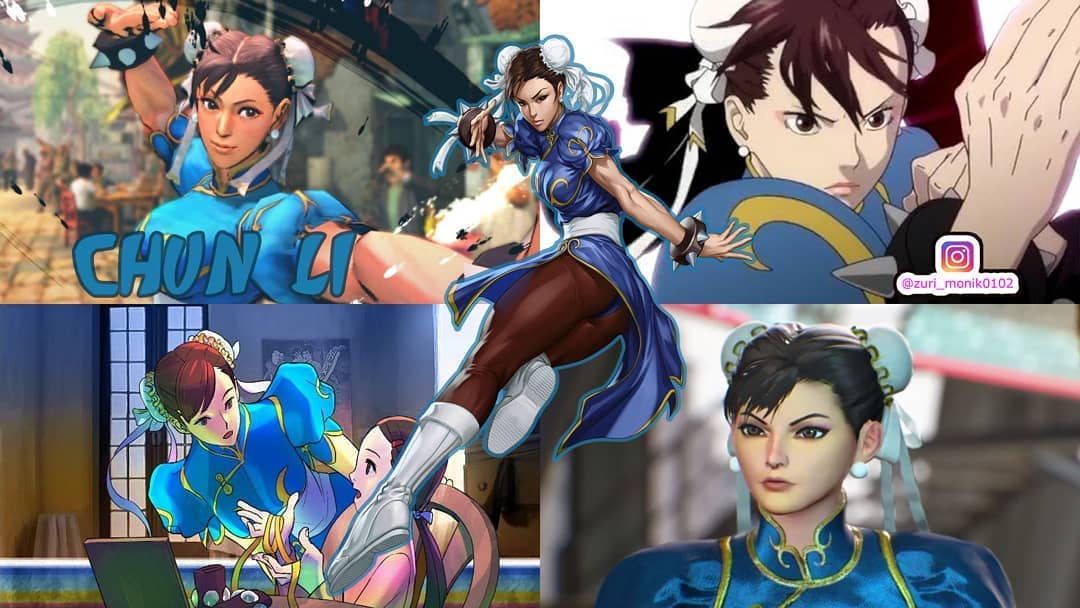
2. Femininity and power can co-exist thanks to Bayonetta. Another highly influential and iconic female character in video games, and her impact is undeniable. Introduced in 2009 by PlatinumGames and directed by the legendary Hideki Kamiya, Bayonetta quickly became a standout figure in the action genre. She’s a witch with powerful magic, incredible combat abilities, and a flair for dramatic style. Her character is both empowering and complex, breaking many norms around how female characters are portrayed in games.
Bayonetta's impact stems from her boldness and confidence. Unlike many female protagonists in video games, she isn’t defined by her backstory or vulnerabilities; she’s portrayed as confident, assertive, and unapologetically sexy without being objectified. This self-assuredness, combined with her unapologetic attitude and over-the-top combat moves, created a character that defied the typical conventions of femininity seen in many games at the time. Her design, with her tight-fitting outfit, long hair that doubles as part of her combat abilities, and impossibly fluid movements, blends sex appeal with an overwhelming sense of power. She's both a symbol of empowerment and an exploration of how female characters can be represented in a way that embraces strength and sensuality simultaneously.
@thiccconettasimp #bayonetta3 gameplay. #bayonetta #bayonetta2
♬ original sound - Cerezita
3. Samus Aran (Metroid) is another legend. What’s wild is that for most of the original game, players didn’t even know she was a woman until the end. That reveal? Iconic. And the fact that she was in full armour, not designed to be ogled, just doing her thing in space? Honestly, ahead of its time. Samus set the tone for quiet strength and serious lore.
Samus Aran’s influence extends far beyond just being the “first” prominent female protagonist in gaming—she redefined what a heroine could be. When Metroid was first released in 1986, players assumed Samus was male until the game’s end revealed her true identity. This twist wasn’t just a gimmick; it was a bold statement that challenged gender norms in gaming at the time. Over the years, Samus has evolved into a symbol of quiet strength and resilience, often navigating vast, lonely alien worlds without backup or dialogue, relying solely on her intelligence, resourcefulness, and sheer power. She was not defined by her femininity, but rather by her courage, independence, and unshakable resolve, traits that have made her one of gaming’s most enduring and respected icons. Whether suited up in her legendary Power Armour or exploring as Zero Suit Samus, she continues to inspire generations of players as a quiet, trailblazing force in a male-dominated space.
4. And of course, Kitana and Mileena from Mortal Kombat- the deadly sisters with fans and fangs. These two blurred the line between beauty and brutality. Kitana with her regal grace and precision, Mileena with her chaos and carnage. They're classic fighting game queens who bring different flavours of femininity and danger, showing that women in games can be powerful in very different ways.
The feud between Kitana and Mileena in Mortal Kombat is one of the most famous and iconic female rivalries in video games, but it wasn't necessarily the first. Female characters have had rivalries in video games before them, though Kitana and Mileena’s conflict stands out because of its deep backstory and ongoing presence throughout the Mortal Kombat series.
5. Kasumi has been the central figure of the Dead or Alive franchise since its debut in 1996. While Dead or Alive as a series has often been criticised for its oversexualised character designs, Kasumi stands out as a character with emotional depth. Her story revolves around betrayal, honour, and loss, as she is forced to live in exile after breaking her clan’s code to avenge her brother.

In many ways, Kasumi paved the way for more nuanced portrayals of female characters in fighting games. While Dead or Alive has had its controversies, her character remains a symbol of quiet resilience and strength. She may not get the spotlight as often, but Kasumi’s impact runs deep, making her one of gaming’s most quietly influential female fighters.
No matter how different these women are, they all owe part of their existence to Lara Croft’s influence. She wasn’t the first, but she was the one who made the world stop and pay attention. Lara showed studios that players wanted complex, capable, and compelling female leads. She kicked open the doors of the boys’ club, and the rest followed through, heels first.


